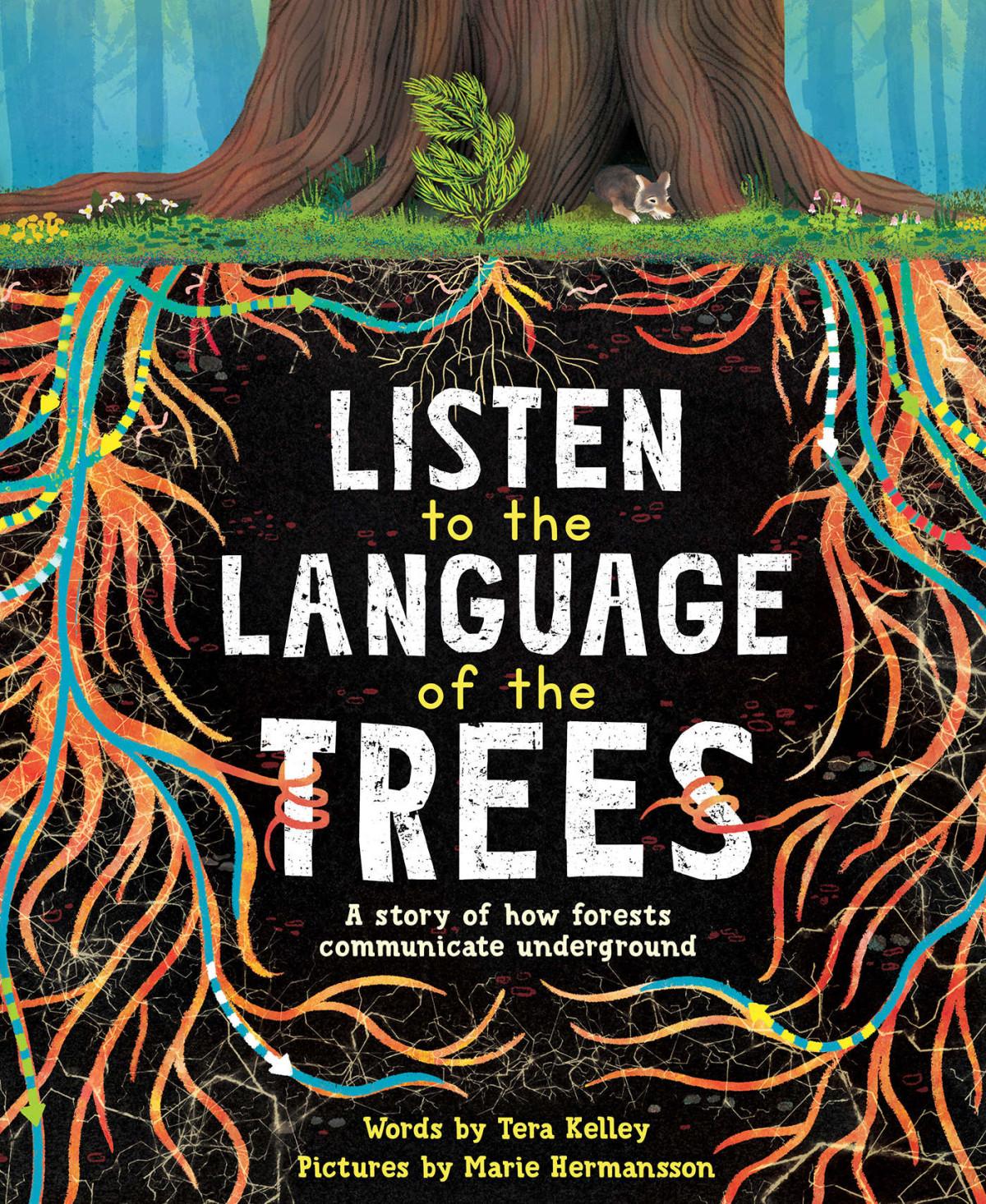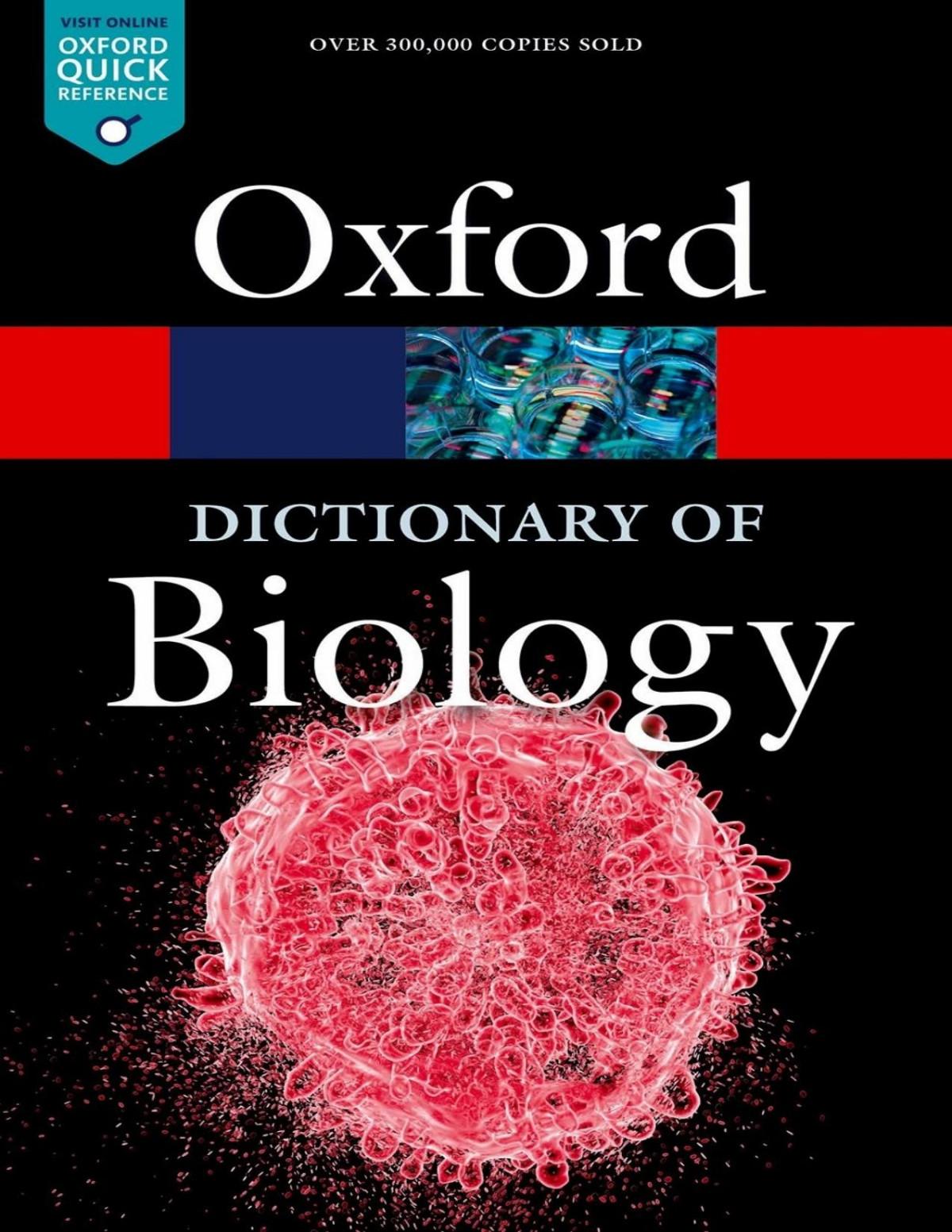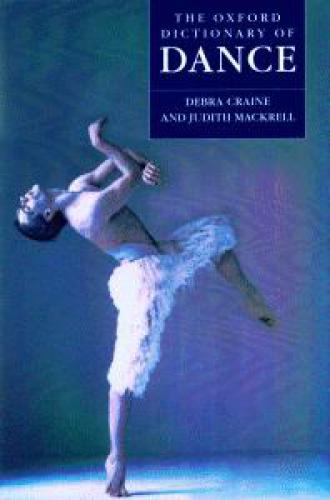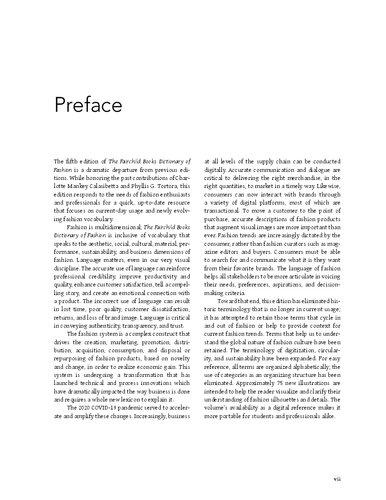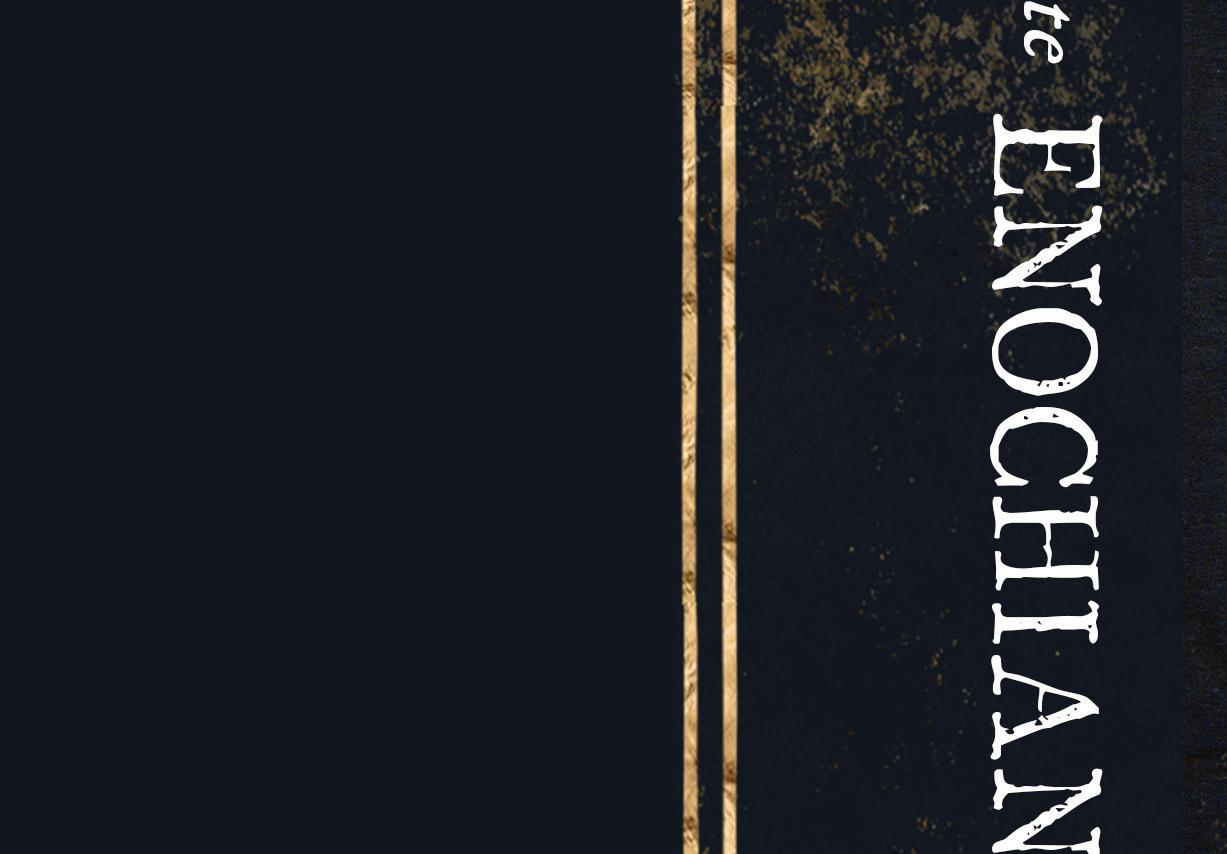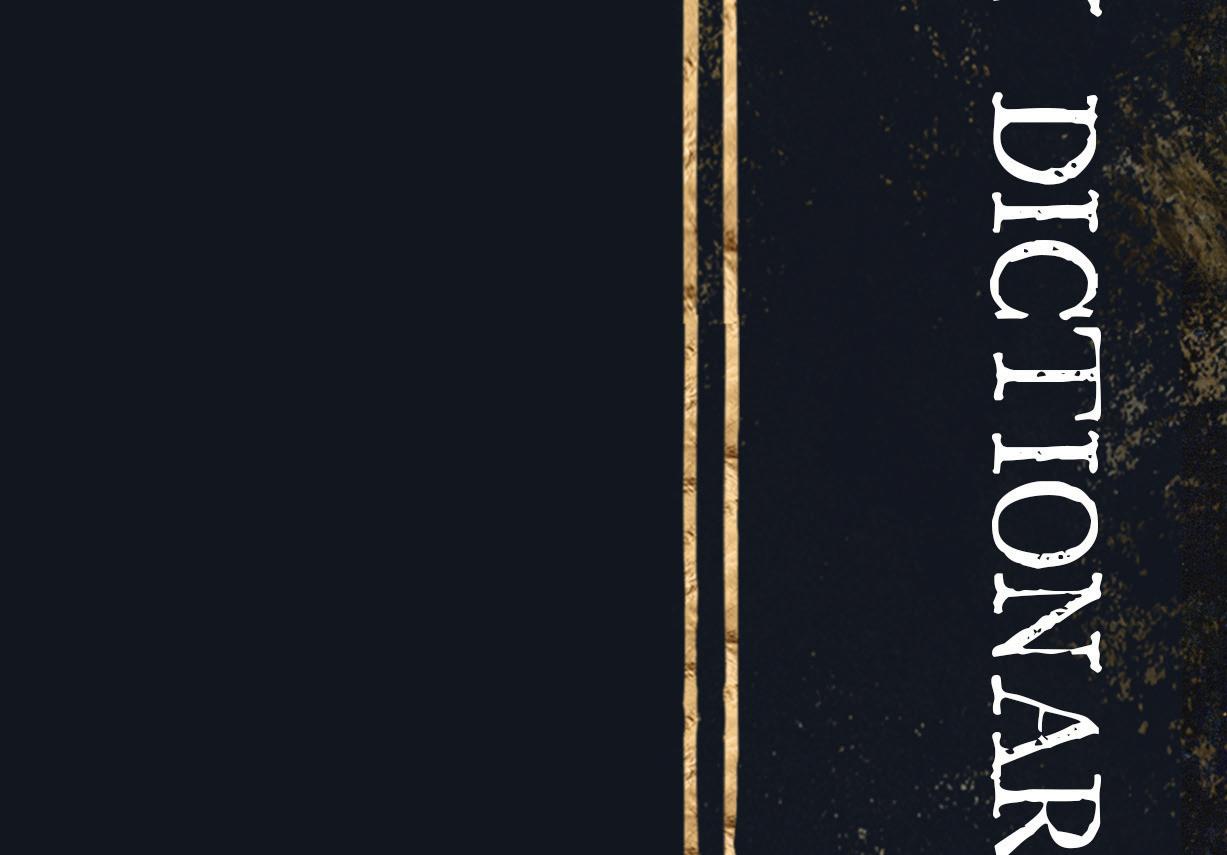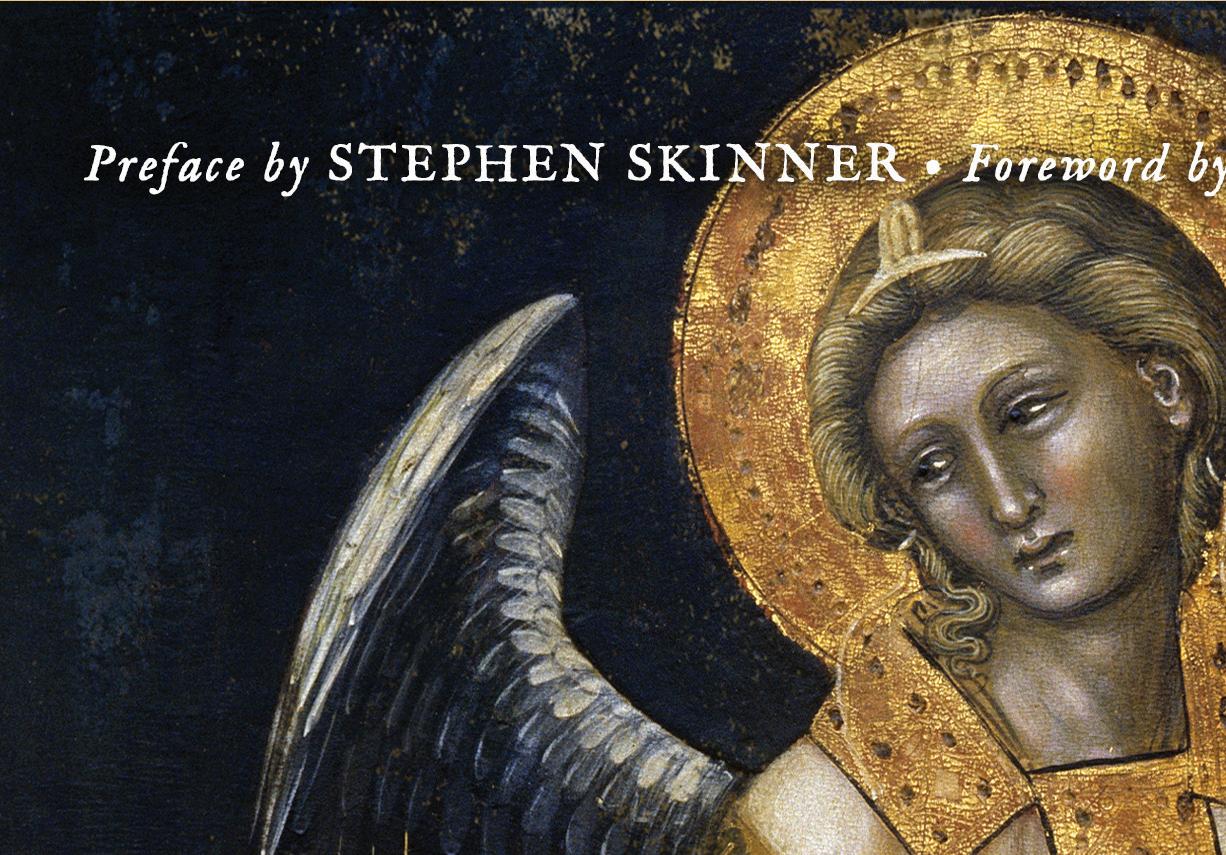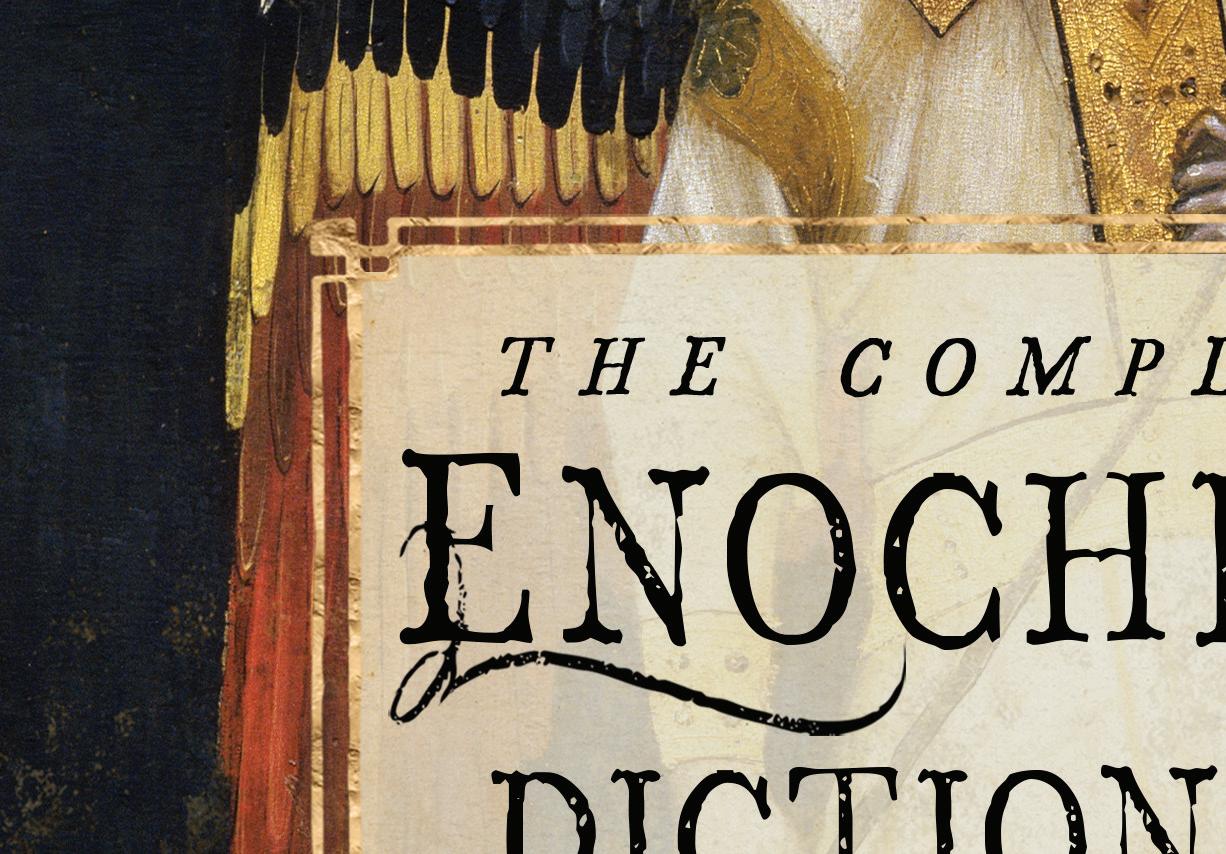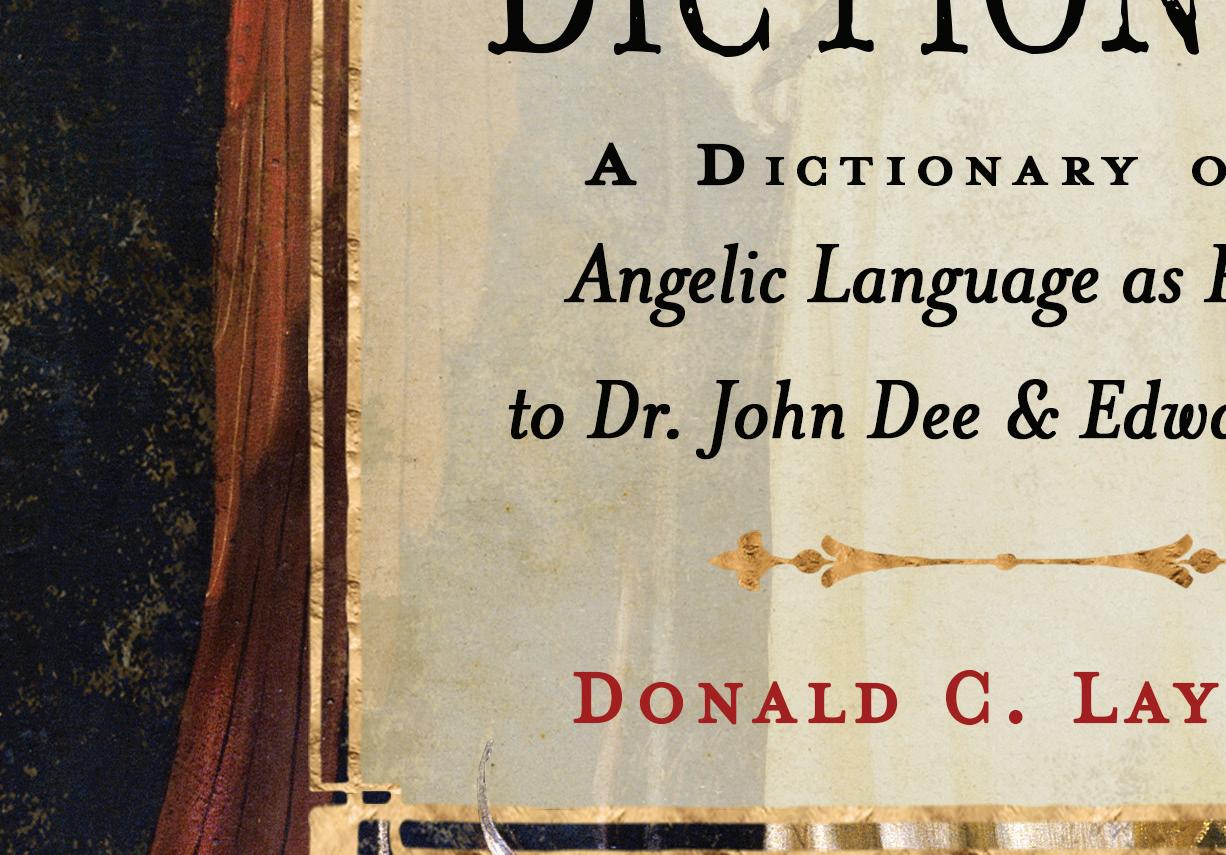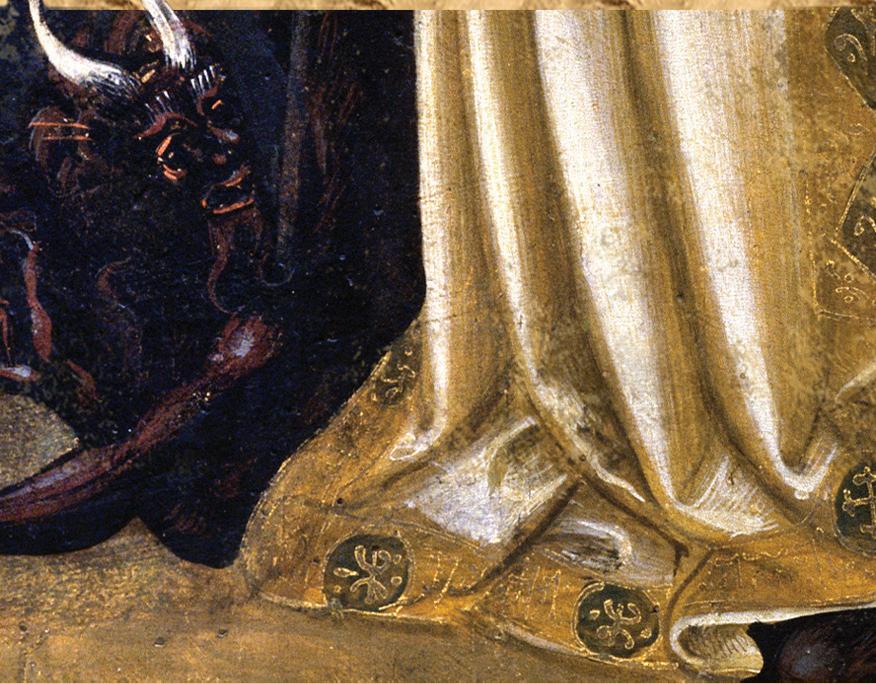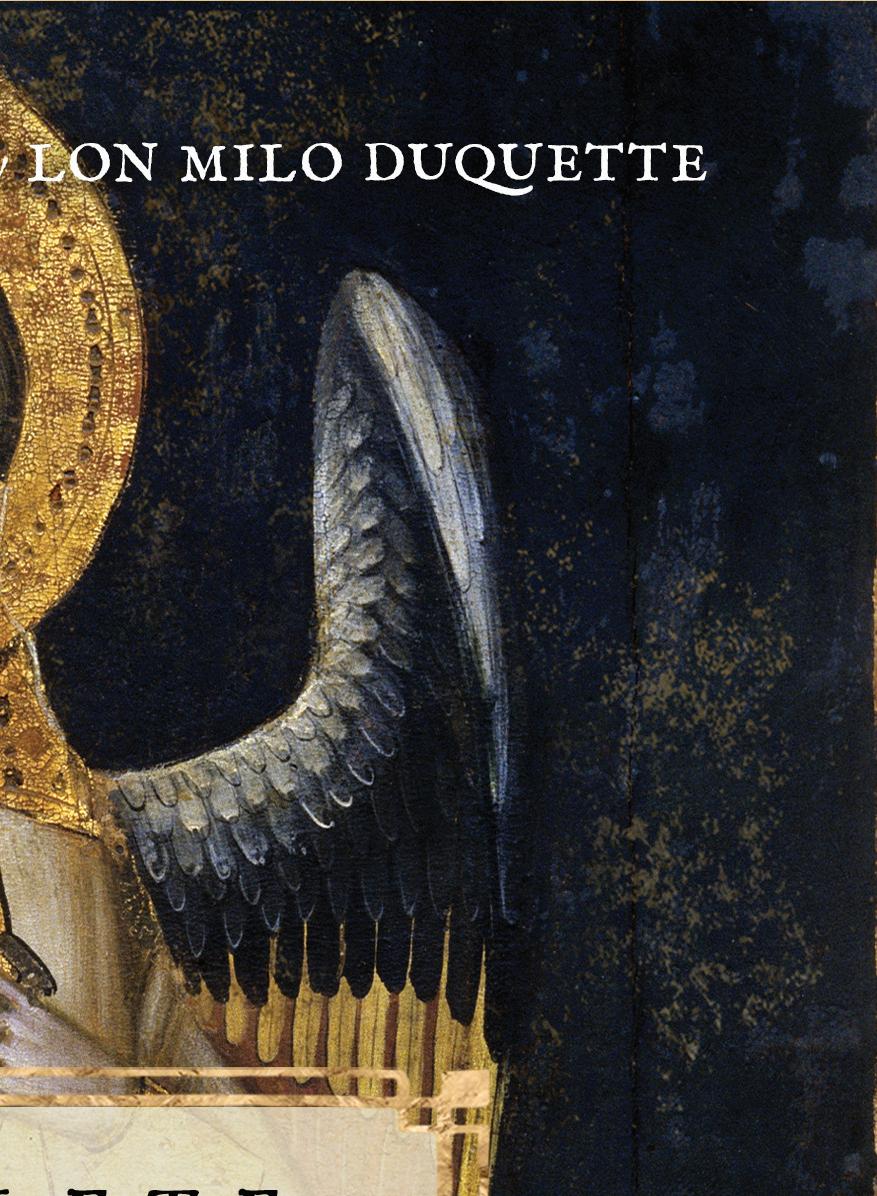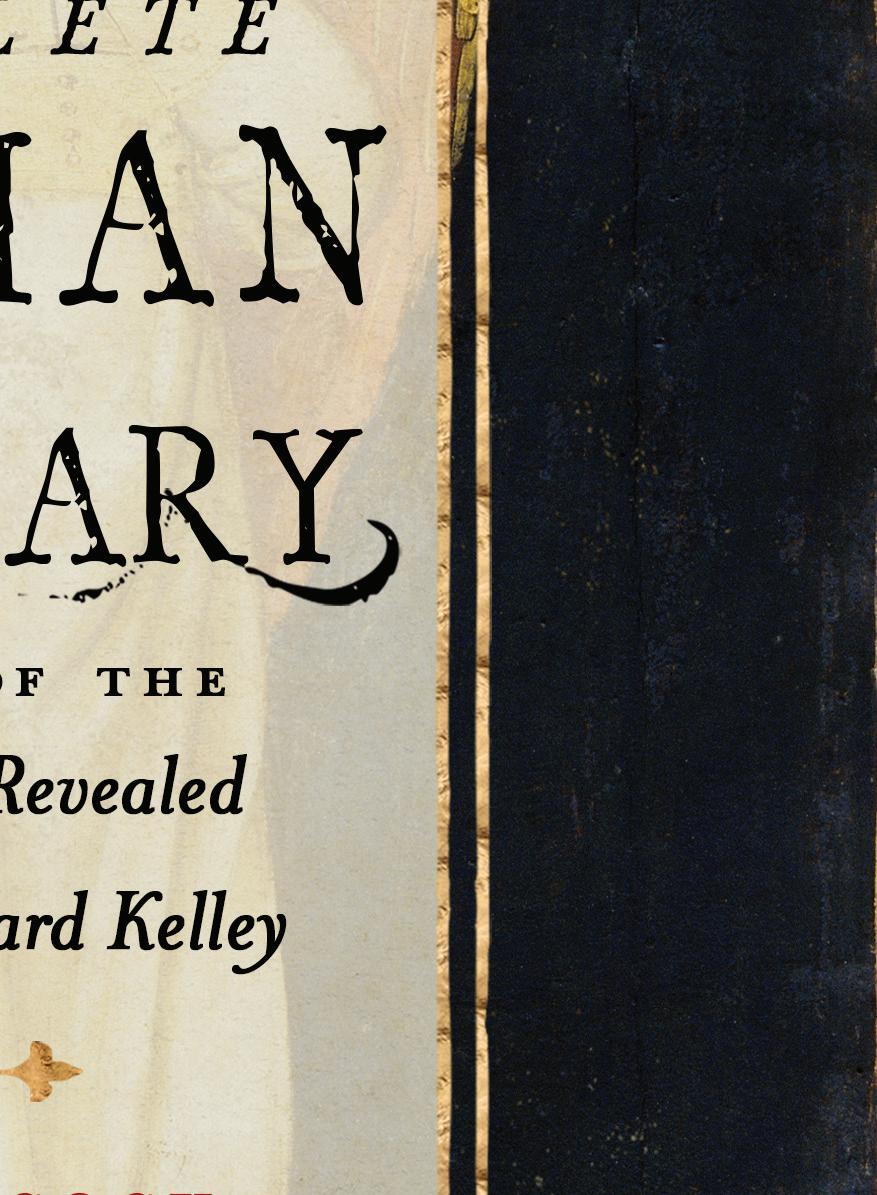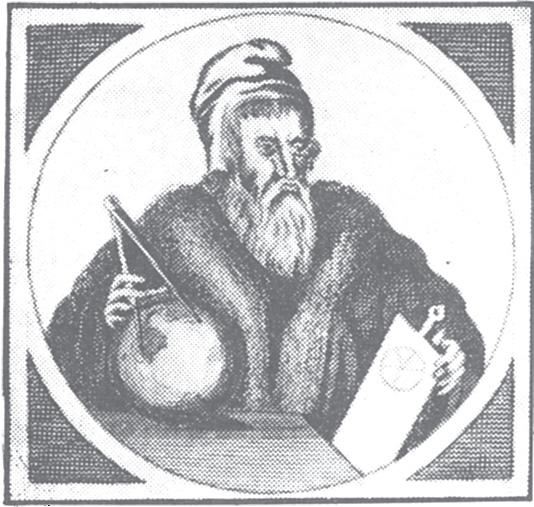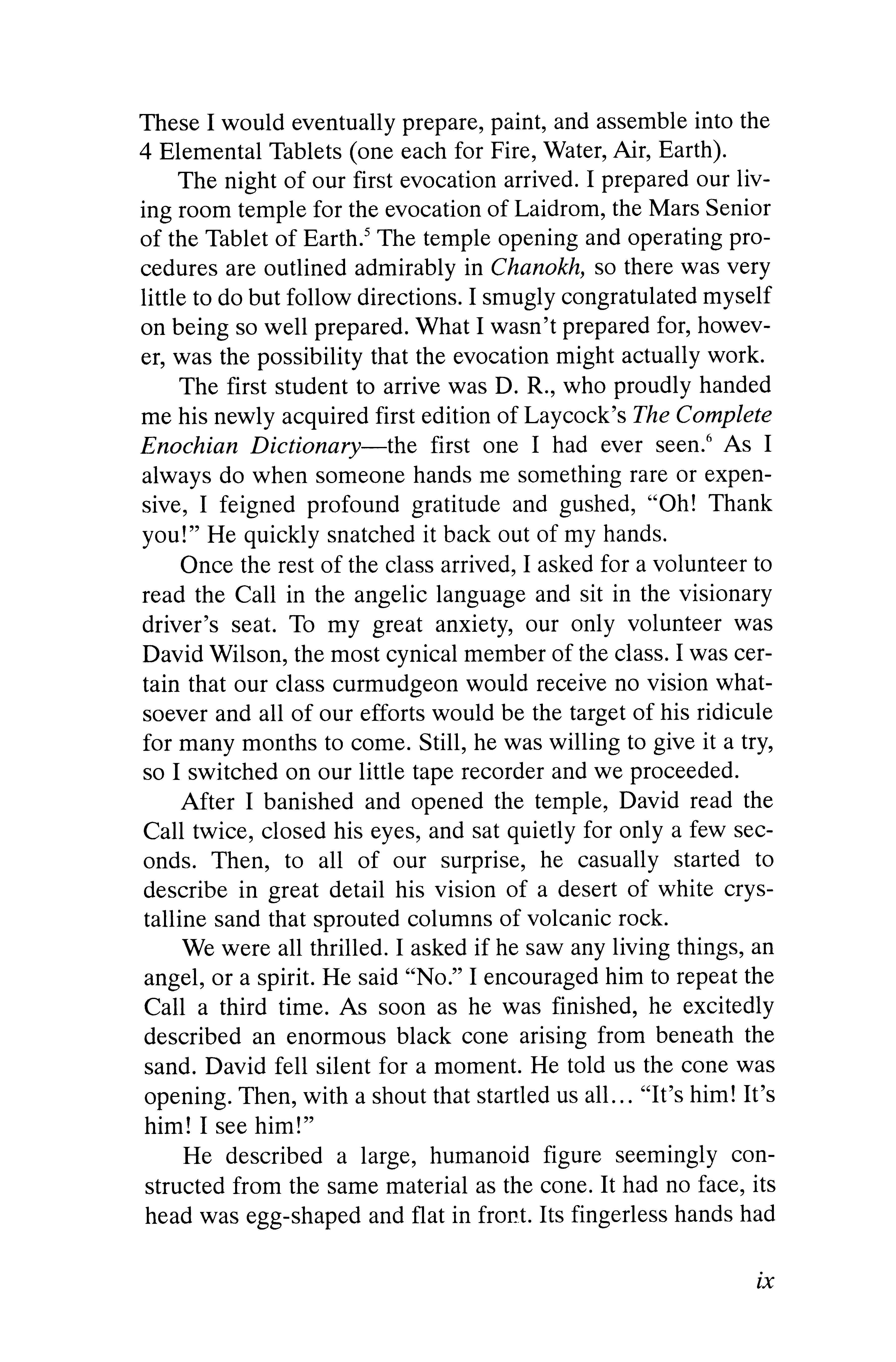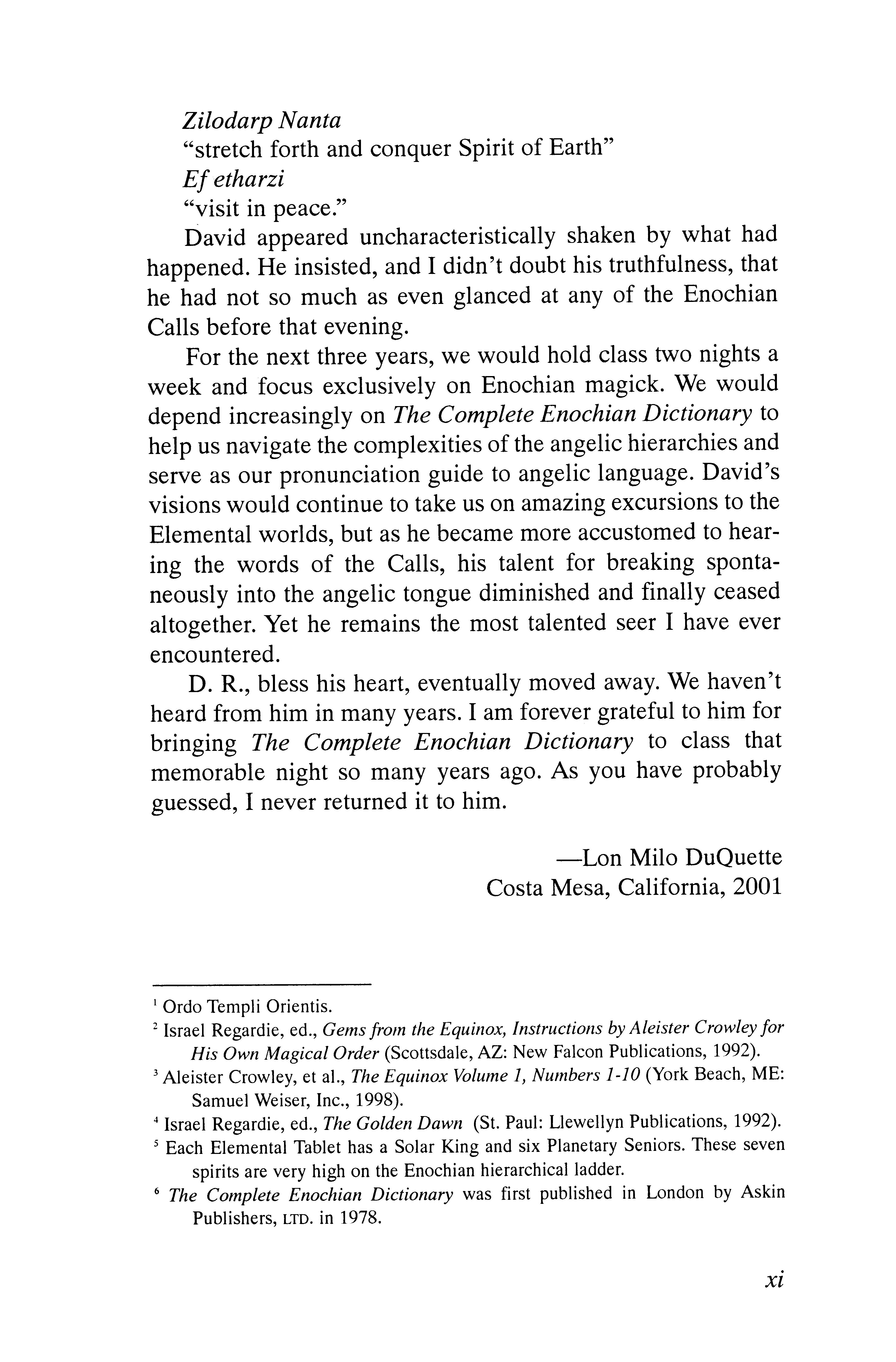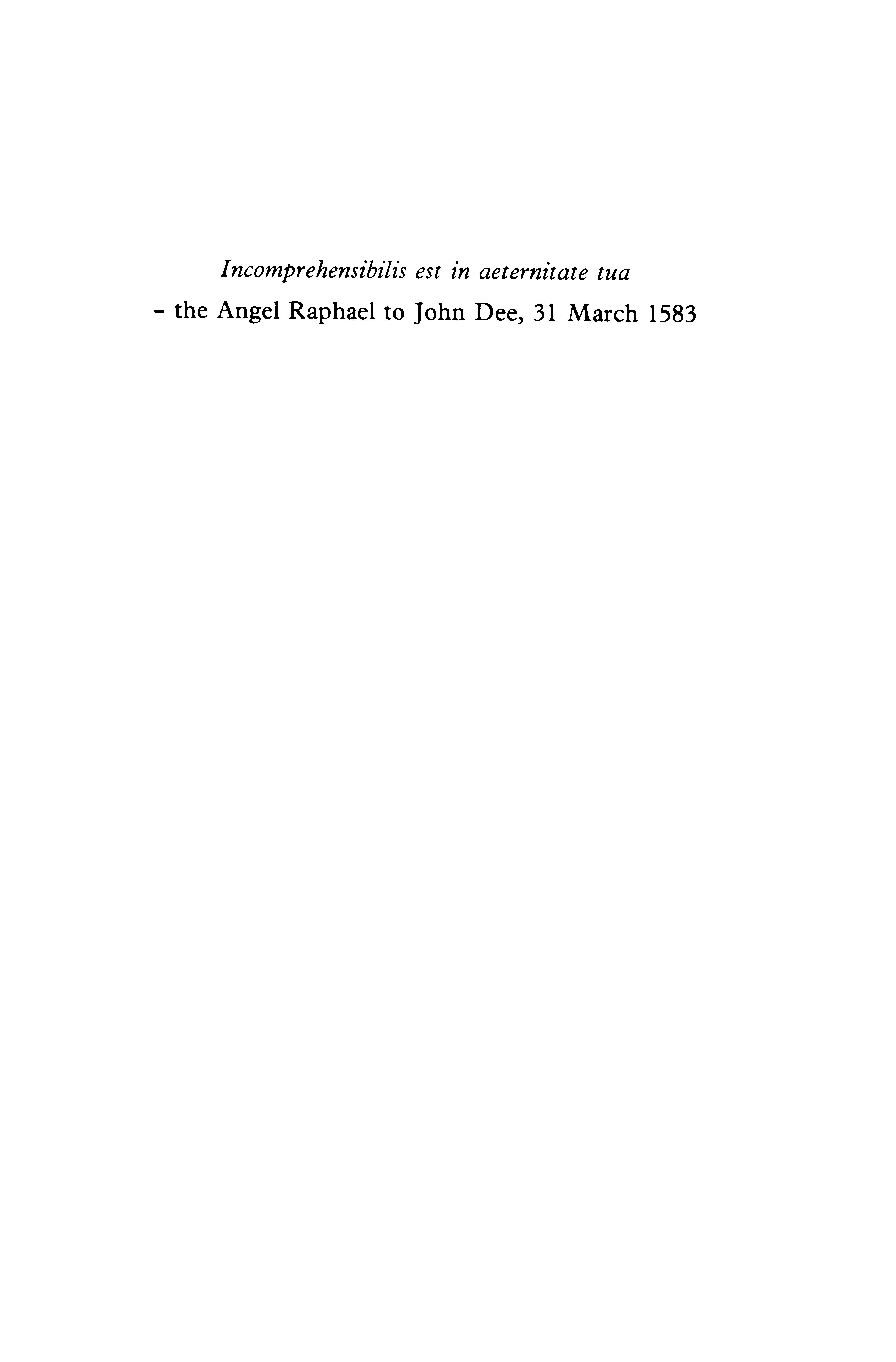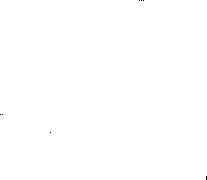PREFACE TO THE THIRD EDITION
The republication of The Complete Enochian Dictionary almost three decades after I wrote the original preface is a significant milestone. In the intervening period, more than a dozen books on Dr. John Dee and the Enochian language have appeared. Some of these have advanced our knowledge of Dee and his magical systems by publishing more of his original works. Very few of these have added to our knowledge of Enochian, the language, and very few changes have needed to be made to this dictionary.
What is for certain is that there is a new generation of readers and practitioners (often very different classes of people) who are enthralled by the marvelous and detailed works of the good Doctor and his rather shifty skryer, Edward Kelley.
The first editon of this dictionary was published in the United Kingdom by Askin Publishers, a company no longer active. Askin published worthwhile texts and grimoires of the Western Magical Tradition which were not otherwise easily available to practitioners. Dr. Meric Casaubon’s True and Faithful Relation of What Passed for Many Yeers [sic] between Dr. John Dee and Some Spirits, 1659—which was the first extensively printed source of Dee’s magical actions, and which was first reprinted by Askin in 1974—has been subsequently reprinted at least twice more, demonstrating the perennial interest in Dee’s works.
Don Laycock, my co-worker and friend in these Enochian mysteries, died on December 28, 1988. Don, as a Doctor of Linguistics at the University of Canberra, left behind many monuments to his work with language, including that of the Australian Aborigine and dialects and languages of the South Pacific. But of all these languages, none was so strange—or fascinated him as much—as the language of the angels, John Dee’s Enochian. During the year or so that he was in London, we spent many months in the British Museum, reading, copying and summarizing the original manuscripts. On some evenings, we worked
together on the practical side of the invocations, and Don knew many of the Calls fluently and resoundingly by heart. For a while, a copy of the Complete Enochian Dictionary stood in the Manuscript Room of the British Museum as a reference aid to the decipherment of the original manuscripts themselves, until one unscrupulous scholar decided that he had more need of it than all the other readers!
The foundation of the British Museum’s collection was the original collection of Sir Hans Sloane’s rare books, manuscripts, and curiosities that were purchased by the trustees of the British Museum for 20,000 pounds in 1753. Among these manuscripts were John Dee’s originals and Elias Ashmole’s manuscript copies. In 1759, the British Museum was formally opened, and the present building was complete in 1847. The great reading room was opened ten years later. Dee certainly would have approved of his works finishing up there, as he had tried to interest Queen Elizabeth I in founding such a national book collection. There are several distinct systems of magic in Dee’s manuscripts. What Don and I discovered about his systems and his angels, both in the Museum and in the practical use of the Calls, was that they work, as Aleister Crowley subsequently discovered at Bou Saâda in the Algerian desert.
After the Elizabethan period there were other examples of both communication with the angels through mediums, and of great gullibility. An example of both of these occurs in Goodwin Wharton by Kent Clark (OUP, 1984) which is a summary of Wharton’s diaries kept during his extraordinary life from 1653 to 1701. Wharton thought that he regularly conversed with the fairies, even the Faery Queen herself, and the angels, but each time in English. Don’s work stands alone as a grammatical guide to the angelic language itself.
Like Dee, Wharton was interested in everything mechanical and spiritual, including practical deep sea diving (he invented several pieces of apparatus for this purpose), searching for treasure guarded by fierce spirits, and conversations with the angels (through his often pregnant skryer). Like Dee, Uriel was one of Wharton’s favorite communicating angels. Wharton also had
time for politics and had a permanent seat in the House of Commons, was involved in several royal intrigues, and was promoted from Lieutenant-Colonel of Cavalry to Lord of the Admiralty. A highly public life is not always incompatible with magical work, and a Renaissance tum of mind seems to have been a characteristic of such men. Some of Dee’s non-magical works have appeared in modem scholarly editions, such as Wayne Shumaker’s John Dee on Modern Astronomy: Propaedeumata Aphoristica (1558 and 1568), in Latin and English (University of California Press, 1978). Other Dee fragments from the Monas Hieroglyphica and his preface to Euclid, together with a sampling of his diaries were published by Gerald Suster in John Dee Essential Readings (Aquarian/Crucible, 1986).
Dee has appeared in at least two memorable fiction books. In the modern The House of Dr. Dee, by Peter Ackroyd (Hamish Hamilton, 1993), Dee is portrayed as living in a squalid tenement on Cloak Lane in Clerkenwell in East London, rather than in the historically correct rambling old house in Mortlake by the Thames in West London. Other considerable liberties were taken by the author who was interested in time shifts between Dee’s time and the present. A much more magical portrayal of Dee appears in Gustav Meyrink’s The Angel of the West Window (Daedalus, 1991), which involves the Emperor Rudolph of Prague, and some interesting Rosicrucian dreams and visions. However, anyone wishing to really understand Dee’s magical work—after the pious sentiments have been stripped out— had better look to the tradition of the early grimoires rather than to the later and more elaborate system which the Golden Dawn derived from Dee’s work. Although the latter is very intellectually satisfying, the roots from which Enochian magic grew will be found in the rich compost of the grimoires, or grammars of sorcery which dealt with the calling of both angels and demons. Mathers, who helped build the Golden Dawn system, was also a great translator of grimoires, and if Aleister Crowley is to be believed, a great practitioner as well.
A classic example of such a grimoire is The Sworn Book of Honorius the Magician, as composed by Honorius through
counsel with the Angel Hocroell (Heptangle Books, 1978) from two British Museum manuscripts by Daniel Driscoll. This was later re-edited by Joseph Peterson in The Sworn Book of Honorius (Ibis Press, 2016).
The seminal works that have been published in the last three decades, and which any serious student should acquire, apart from those listed in the bibliography, are:
Geoffrey James. The Enochian Evocation of Dr. John Dee (Heptangle Books, 1984);
Adam McLean. A Treatise on Angel Magic, being a Complete translation of Ms. Harley 6482 in the British Library (Phanes Press, 1990);
Joseph Peterson (editor). John Dee’s Five Books of Mystery: Original Sourcebook of Enochian Magic (Weiser Books, 2003);
Robert Turner. The Heptarchia Mystica of John Dee, a primer of hermetic science and magical procedure by the Elizabethan scholar-mage (Aquarian Press, 1986);
——. Elizabethan Magic (Element Books, 1989).
The Enochian system is much more than just the books written about it. It is one of the more complex bridges ever built between this world and the world of daemons, spirits, and angels, a piece of spiritual engineering created by one of the most brilliant minds of his age. As such it deserves to be traversed with care, as it was filtered through the tricksy mind of Dee’s mercurial skryer Edward Kelley.
Stephen Skinner
London 2022
PREFACE
Duringthe16th Century, Cracow, AntwerpandPraguewerethe great centres of magical and alchemical enquiry and experiment. Cornelius Agrippa published his De Occulta Philosophia in Antwerp in 1531. Prague during the reign of King Rudolf II was devoted to the Hermetic arts and sciences which fascinated its monarch to theexclusion ofallelse. King StephenofPoland,who had his seat at Cracow, wasrelatedtotheHungarianBathorifamily which legend identifies with Count Dracula. Together with Cracow, Prague inherited an extensive heritage of Hasidic Judaism with its heavymystical, magicalandqabalisticcontent,infact it was in Prague in the 1580's that Rabbi Loew engendered the famous golem, a figure which has haunted the history of the practical qabalah, and the ghetto of Prague, ever since.

Dr John Dee (1527-1608), mathematician and Astrologer Royal to Queen Elizabeth I,authorofthemainintroductorytextbook on mathematics ofhisageandinnovatorofmanyofthenavigational aids which enabled the Elizabethanexplorerstodiscover the New World, visited each ofthesecitiesinturn. FirstAntwerp in 1550 (and later in 1562-4), then Cracow in 1584, where he had audience with Stephen Bathori (King of Poland and relative of Elizabeth Bathori, the 'Bloody Countess'), later passing through Hesse-Cassel (a centre of Rosicrucian activity) after visiting Prague and Trebona during 1586-9.
John Dee's interest in magic arose out of his comprehensive studies, typical of the Renaissance man of the time, which commenced with Latin, an essential requisite of any scholar of the period, at the age of ten. Five years later he was sent to Cambridge, where he studied the traditional Trivium of subjects, grammar, rhetoric and logic. Howeveritwasnottillthefollowing years when he undertook the Quadrivium (arithmetic, geometry, music and astronomy), thathisstudies,andtheeventualdirection of hislifeworkreallygotunderway, forashesayshimself 'Iwasso vehemently bent to studie, that for those yeares I did inviolably keepe thisorder; onlytosleepefourhoureseverynight; toallowto meate and drink (and some refreshing after) two houres every day; and of the other eighteen houres all (except thetimeofgoing
to and being at divine service) was spent in my studies and learning.'
At the same time he mastered the two Tongues, Greek and Hebrew (the latter not quite as thoroughly as the former) and the Three Philosophies, natural, moral and metaphysical.

In 1546 Dee's position as an under-reader in Greek and a founding fellow ofTrinity College, Cambridge, seemed topromise the beginnings ofabrilliantacademiccareer,butthefollowing summer he visited the Low Countries where his interest in geography flowered, following his acquaintance with Giraldus Mercator (the famous Dutch cartographer responsible for the wellknown square-grid Mercator map projection), and Gemma Frisius, both of whom provided him with geographical equipment, globes, astronomer's staffand ring, and material on the art of navigation, which he duly took back to his university. Having realised that some arts and sciences were very much further advanced in Europe than in England, and realising that England could profit by these, he visited Louvain the following summer. In 1550 a short trip to Antwerp brought him in contact with another geographer, Abraham Ortelius (whose house still stands in Antwerp, and whose detailed geographical charts and equipment now reside in the Antwerp Navigational Museum). Pursuing his other great interest, Mathematics, he lectured on Euclid in Paris, to packed halls, establishing his reputation immediately. He was offered a post of King's Reader in Mathematics at Paris University on astipendoftwohundredcrowns,which for patriotic reasons Dee refused. This pattern was consistently repeated, with Dee refusing to quit the service of Elizabeth I for far more lucrative positions. On several occasions, the Czar of Russia, Fedor I, offered Dee a position in hiscourtasadvisorand physician, at the incredible salary of 2,000 crowns a year, with food supplied from the table ofthe Czar himself, and ahouseand additional salary from the Lord Protector, but theofferwasagain turned down by Dee.ReturningtoEnglandthefollowingyear,he met Jerome Cardan (1552) who was probably responsible for stirring up Dee's interest in the mathematical conjuration of spirits and reinforcing the influences thatDeemustmostcertainly have encountered earlier in his career at Antwerp. These interests were almost nipped in the bud bytheaccession



of Queen Mary to the throne, when his ambiguous interest in magic coupled with the implied heresy of his predominantly Protestant leanings resulted in his imprisonment for three months in 1555. Interestingly enough, hisskillintheologyresulted in Dee being requested by the Bishop of London to act as a judge in one of the heresy trials, in which he was one of the accused.
When ElizabethIsucceededtothethrone, John Dee'sfortunes changed considerably: he was even asked to select (with due recourse to the influence of the stars) a propitious date for her coronation: a calculation which by all accountsofthe Elizabethan era, must have been well performed!
Five years later Dee set out to visit various centres oflearning making a very rapid tour ofmost of Europe including Antwerp, where he met Christopher Plantin (whose presses, which still exist, were justly famous throughout Europe, and whose type design provided the model for that used in setting this book). Here he secured a copy ofTrithemius' influential Steganographia (concerned with 'angel-magic', and perhaps cryptography), before visiting Zurich, Urbino, Rome (where legend has it that he had audience with the Pope), Venice, and finally Presburg in Hungary where he wasgranted audience with MaximillianII, to whom he was later to dedicate his Monas Hieroglyphica.


Dee wrote the Monas in seven days in 1564, and in the same year it was published in Antwerp. Significantly it was not to appear in Dee's native tongue till 1947. The Monas, whose full title, The Monad, Hieroglyphically, Mathematically, Magically, Cabbalistically andAnagogically Explained gives a fair indication ofitscomplexity and scope, isa uniqueblendofsomeofthemore picturesquealchemical allegories wovenintotheotherwiserather dry fabric of a book, constructed as a series of exact Euclidean type theorems; with liberal sprinklings of interpretations ofthe Monas itself (which was a combination ofthe symbols for Mercury and Aries drawn in a specificproportion). Thisiselaborated with geometricdetailsfordrawingthe Monas, andanexplanation of the symbolic meanings of these proportions.
In the same year as the Monas was published, Dee wentto live south-west ofLondon, at Mortlake, in aramblingoldhousewellprovided with various outhouses forhis many scientificinterests.
The site of the house, opposite the Church of St Mary the Virgin which Dee later endowed, and in which he is buried, abuts onto the Thames. Elizabeth I often came to visit him by Royal barge from Richmond or Hampton Court Palace.
From here, living on the income of several rectories, Dee quietly pursued his studies, which included writing a classic preface to the first English edition of Euclid's Elements of Geometrie, and planning voyages in search of the north-west passage, or for gold in Labrador. He reputedly accompanied Martin Frobisher on at least one of these exploratory voyages.

In response to Elizabeth's request to Dee for information about the lands to which she was heir, he wrote a work called OfFamous and Rich Discoveries . .. , which whilst purporting to be a treatise on various voyages of discovery undertaken by Europeans (later to be used by Hakluyt as a source for his accounts), was in fact designed to promote Elizabeth's Imperial aspirations, by assuring her of her rightful ownership of various lands, by appealing to historical precedent. Considering Dee's reputation, it is interesting that he was also called on by the Queen to counteract the effects of a wax image which had been discovered in Lincoln's Inn Fields, and which was thought to be part of a magical plot against her. This establishes Dee's court reputation as that of magician as as well as a geographer and mathematician.



After a first marriage which lasted just one year, he married Jane Fromond (a member of the Queen's household) and three years later took up what he considered to be the most important study of his life. This was the communication, via the medium of a shewstone with 'angels' in an attempt to quench his overmastering desire for knowledge beyond that normally accessible to mortals, to reach up in fact, like Enoch or the Biblical prophets, to God, the very source of knowledge itself. As Dee put it:
'I have often read in thy (God's) books and records, how Enoch injoyed thy favour and conversation; with Moses thou was familiar; And also that to Abraham, Isaack and Jacob, Joshua, Gideon, Esdras, Daniel, Tobias and sundry others thy good angels were sent by thy disposition, to Instruct them, informe them, helpe them, yea in worldly and domestick affaires, yea and sometymes
to satisfie their desires, doubtes, and questions of thy Secrete: And furdermore considering, the Shewstone, which the High Prieste did use, by thy owne ordering ... that this wisdome could not be come by at mans hand or by humaine power, but only from thee (6 God).'




Dee reasoned that intercourse with these 'spiritual creatures', provided that malevolent, misleading and demonic spirits were banished, was one of the highest ends man could aim at. It is here that magic enters Dee's work. The exactness of mathematics allied with the convoluted philosophy of the Hebrew qabalah and Arabic magico-alchemical works, produced a very solid base from which magic (both natural and metaphysical) could be approached in a scientific manner.This had two effects.First it attracted men of Dee's calibre to the study of magic.However the second effect of this union was the tarring of mathematics with the same brush as had previously been reserved for the heretic or the local practitioner of wort-cunning.This attitude resulted in the sack of Dee's house at Mortlake (during his absence in Europe) and the haphazard destruction of some of his scientific equipment. Ironically enough his 'instruments of sorcery', his skrying stones, Holy Table, wax tablets lamen and chest containing the Libri Mysteriorum accompanied him to the Continent, and so escaped the rage of the mob.
However it was in 1581, before Dee left for Europe, that he began his magical experiments. His avowed aim was to establish contact with the angels, to discover that knowledge which was not to be had either from books or from experiment.
During this period Dee employed Edward Kelley and several other skryersJ or seers, to obtain a series ofcommunications which he attributed to the agency of angels and spirits.Despite the fact that the first record of the skrying is dated December 22nd, there is evidence to suggest that the skrying began in a haphazard way as early as March 8th, 1581.The first workings were based on a grimoire type of approach, relying to an extent on equipment. This included wax tablets, a skrying table, a gold lamen and several shewstones, ofobsidian and rock crystal.This was evolved into a sophisticated system which involved setting the skrying stone (several were used including a conventional looking crystal
The wax Sigillum Emeth used to support the skrying stone. (Courtesy of the Trustees of the British Museum).
ball and the black obsidian mirror) upon the elaborately engraved Sigillum Aemeth (still preserved in the British Museum) which was in turn placed upon a special table inscribed with a hexagram, enclosed within a frame ofEnochian letters, and supporting seven specially designed talismans, th� whole insulated from the floor by a further four wax tablets, miniature versions of the larger Sigillum Aemeth.
The early communications set down in Dee's Libri Mysteriorum deal with communications from Annael and Uriel, who dictated exact instructions for the engraving of the table, lamen, ring and sigils required. The third book opens with the designs for the seven talismans to be used on the skrying table, and concludes with the Tabula Collecta of the 49 angels whose invocatory modus operandi is explained in the fourth book.
Dee and Kelley pressed on, skrying now as often as several times a day till the complete outline of a self-contained system of magic was obtained and set down in Dee's manuscript, De Heptarchia Mystica, so named because of the 7 x 7 angels, whose invocations, hours, seals and sigils are described therein. Dee's description of two of these creatures will suffice to show their variety:
'He appeared in his red apparell: & he opened his Clothes & there did issue, mighty & most terrible gastly Flames of Fire out of his sides: which no mortall Eye could abide to looke upon any long while. And in the marvelous raging Fire, the word BRORGES did appeare tossed to and fro of the very flames. His Seale or Character is this...
And by way of contrast:
'Therefore he appeared in a long purple Gowne, & on his head a triple Crowne of Gold, with a measuring Rod of gold in his hand, divided into three equall parts: in the forme of a very well proportioned man.'
The significance of these descriptions is the light they throw on Dee's collection of 49 'Angelorum Bonorum', adding a Goetic
dimension in much the same way that works like The Sacred Magic ofAbra-Melin theMage allows that it is as necessary for practitioners to exercise their authority over the evil or Qliphothic aspects, as it is over the more benevolent positive manifestations of the non-physical universe.
By March 1582, Kelley had commenced to transmit the first passages in the first version of that strange language Enochian. This material never found its way into print as has the better known later Enochian ofthe Calls which was made popular by the Hermetic Order of the Golden Dawn and later by Aleister Crowley. An example of this early Enochian, by way of contrast with the later (translated) material comes from an 'action' dated 5th April 1582:
'Amchama zeuoth luthimba ganeph iamda ox oho iephad mad noxa voscaph bamgephes noschol apeth iale lod ga NA zuma datques... '
Returning however to events in the external world, we find Dee correcting the Julian Calendar in 1582 to a greater degree of accuracy than any other contemporary mathematician (although the council of Archbishops turned down his proposals on the grounds that they smacked of Popishness, thereby putting off English calendar reform by several centuries).
In the same year Dee and Kelley met Count Albertus Laski, a palatine of Siradz and aspirant to the Polish Crown. The next year the Dee and Kelley household set out for Cracow.
It is at this stage that the published part ofDee'sLibriMysteriorum takes up the account. This was first printed from Dee's manuscript by Meric Casaubon in 1659 as A True andFaithful RelationofwhatPassedforMany YeersbetweenDrJohnDee. ..and Some Spirits, and re-issued by Askin Publishers, London, in 1974.
These 'angelic conversations' cover a wide range of material, from the enumeration of every country on the (then known) face of the earth with their presiding angels, through prophecy (of varying degreees of accuracy), to the amazing collection of transcripts in the Enochian tongue.
Amongst the more 'magical' material, despite passages of in-
credible triviality and banality, there is a hard core of extremely interesting material recurring throughout the 'angelic' conversations, such that Elias Ashmole (the famous antiquary and early Freemason), and later MacGregor Mathers, one of the founders of the Hermetic Order of the Golden Dawn, took portions of the system andderived fromittheirownsystemsofmagic.Ashmole's attempts, covering a period of some five years (1671-76), are closer to the spirit of Dee's work than Mathers' interpretation, and tend to confirm the objectivity of the intelligences involved in the original communications.
Along these lines there is a record by a different experimenter dated 16th October, 1583, which tends to add weight to the objective existence of the phenomena recorded by Dee in A True and Faithful Relation. . . It begins:
'At ii a Clock at night, I & my Companions having begun Action, at the request & full consent of all the Company, we did fully agree, that we should not desist, till we had brought something to perfection, & having begun Action, & all things for the same purpose ready & fitted; thus give a briefe & true account of what followes.

After the first Invocation, twice or thrice repeated, there appeared two Men, in the furthest Glass, visible to some part of the Company, & not to other some; but proceeding on, & Invocating highly, there came a very great blow upon the Floore, which made a very great noise, & before it ceased, it did whirle about severall tymes, to the astonishment & admiration of all ye Company, & still proceeding on, & reading further, there came something, which fell pat upon the Table, & from the Table upon the Ground, which made a smaller Noise upon ye floore, then the other did & so vanisht, & soe much for ye night, only when Action was ended, we could find nothing that was the cause of ye noise...'
Returning to a more modern application of Dee's work we find the brilliant syntheses by MacGregor Mathers into the syllabus of the Adeptus Minor grade ofthe Golden Dawnattheendofthe 19th century. Although he used only a small part of the vast
amount of material that Dee left, he incorporated theElemental Tablets with their associated correspondences and the Thirty Calls of the Aethyrs before referred to, whilst Westcott, cofounder of the Order, elaborated a four-sided version of chess based on the Enochian system.
Much of Mathers' adaptation of the original system was done to make it compatible with the Golden Dawn's existing qabalistic basis, which, although ultimately based upon the qabalah that Dee was familiar with, contained many elements not found in Dee's original work, such as the Tarot Atus and the Egyptian Pantheon.
For Dee, the Angels also provided advice and reproof which he conveyed to two of the most powerful patrons he sought, Stephen Bathori King of Poland, and Rudolf II of Bohemia. He was lucky not to have incurred any more painful a punsihment for his pains than a partial banishment by the latter. Dee and Kelley accordingly sought refuge in 1586 at the castle of Count Rosenberg at Trebona, where Dee stayed for two years. Meanwhile Kelley managed, through his alchemical experiments, to curry favour first with the Count and then with Rudolf, who later knighted him.
A True and Faichful Relation. .. which opened in Lesden in May 1583 closes with the agreement between Dee and Kelley to 'hold their wives in common' (wife-swapping not being anentirely modern prerogative) at which point the whole tenor of the communications changes and passages of considerable power appear, contrary to anything Kelley had up to this point produced.
The spouse-swapping episode began with an alleged commandment by the Angels conveyed by Kelley, 'that we two had our two wives in such sort as we might use them in common' (April 18th, 1587). This was consummated on the night of 22nd May as is evident from semi-obliterated remarks in the original manuscript which were not printed by Casaubon.
This arrangement, which although productive of some of the most interesting material recorded by Dee, probably barely lasted till July 19th when Dee records ' a certayne kinde of recommendation between our wives. Next day saw relenting ofE. K. also by my Lord's entrety'. Unfortunately with the exception of four
pages in Casaubon these MS notes belong to the greate Chasme of 20 years from May 23, 1587 to March 20, 1607: the papers which fell into the hands of Elias Ashmole, but which do not appear to have survived. They contain Dee's record of the last 'actions' with Kelley before he left Dee's service.
The delivery of these passages is in many ways similar to several Gnostic works describingthe descentofSophia, The Song of Solomon, and Aleister Crowley's Liber Legis, with which there are some remarkable similarities in wording. Crowley, incidentally, claimed Edward Kelley as one of his past incarnations, which, rather than necessarily supporting transmigration of souls, suggests the affinity Crowley felt for Kelley's work, which may have led to a certain amount of unconscious plagiarism.
In February 1589 Dee saw the last of Kelley, and from thenceforth Dee's skrying experiments were with very inferior skryers such as Bartholomew Hickman, whose skrying records were later burnt when Dee discovered that he was a fraud. Till Kelley's death, Dee continued to hope for a reconciliation with his old skryer.
Dee's enthusiasm had not waned however for he named his next daughter Madimi, after the young girl who was a constant visitor to the crystal during the skrying sessions.
By this time he was back in his beloved England where he set about restoring his house in Mortlake which had been damaged by the mob during his six year absence. He partly re-assembled his collection of books which contained in excess of 2,500 books and manuscripts on mathematics, magic, alchemy, philosophy, cryptography, classical literature, geography and the qabalah.
The last six years of his life were spent under James I, an unpleasant situation for anybody remotely suspected of witchcraft, this monarch having been responsible for the most savage persecution of witches and magicians ever to occur in England.
Dee died in 1608 and was buried in the chancel of the church in Mortlake, opposite his house.
On one hand Dee is looked upon as a man of the Renaissance with heavy medieval leanings, rather like Elias Ashmole, who combined membership of the Royal Society (avowedly formed for the advancement of the empirical sciences) with intimate involvement in astrology, alchemy and other interests which

would have been regarded as rather reactionary by other members of the Royal Society. On the other hand, the populace saw him as a sorcerer, or to use Dee's words when writing his own defence 'a companion of hellhounds, and a caller and conjurer of wicked and damned spirits'. Likewise Dee was regarded slightly askance at Court, although it seems he was never once doubted by Elizabeth I, to whom he remained devoted for the duration of his life. In betweenthe ratherdry butlearnedmagus and the 'damned sorcerer' lies the real Dee: a man who perpetuated the tradition of Hermes Trismegistus and helped 'Christianize' the qabalah, who in all modesty aspired to be another Enoch, who wished to have God's word directly transmitted by God'smessengerstheangels, nevertheless averyhumbleman,as his many prayers preceding the skrying actions testify.



Dee is a very important link in the magical tradition, not only because hebrought back ideastoEnglandfromEuropeancentres of learning, or because he aided the cross-fertilization of the Rosicrucian movement, as is aptly pointed out by Frances Yates in The Rosicrucian Enlightenment, but because his magical research is voluminous, carefully documented, and original.
Stephen Skinner London 1975
INTRODUCTION TO THE THIRD EDITION
This dictionary is not a mere word list as were some of the other Enochian dictionaries produced over the last few decades. Instead it is a full and properly organised dictionary, with everything that conveys, assembled from the manuscript sources and written by a Professor of Linguistics.
Dr. Donald C Laycock (1936–1988) was an Australian linguist and anthropologist, usually remembered for his work on the languages of Papua New Guinea and the Pacific. Amongst his other claims to fame is his compilation of the first Dictionary of the Enochian language generated by the skrying of Sir Edward Kelley under the supervision of Dr. John Dee in the late 16th century.
Don was a graduate of the University of Newcastle, and later worked as a researcher in anthropology at the University of Adelaide. He undertook his Ph.D. at the Australian National University in linguistics and became a world authority on the languages of Papua New Guinea.
He made several pioneering surveys of the languages of the Sepik region of New Guinea. The first of these, his Ph.D. researched under the supervision of Stephen Wurm, was published as The Ndu Languages (1965), and this work established the existence of a closely related group of languages. In subsequent surveys, Laycock found the Ndu languages were part of an even larger language family extending through the middle and upper Sepik valley (which he referred to as the ‘Sepik sub-phylum’). Later in 1973 he proposed that these languages formed part of a Sepik-Ramu phylum.
Laycock also first identified the Torricelli and Piawi groups of languages. He published numerous papers on the linguistics and anthropology of these New Guinea languages, hoping to document them before the advance of Western culture, especially the increasingly wide use of Pidgin English, wiped them from the memory of mankind.

